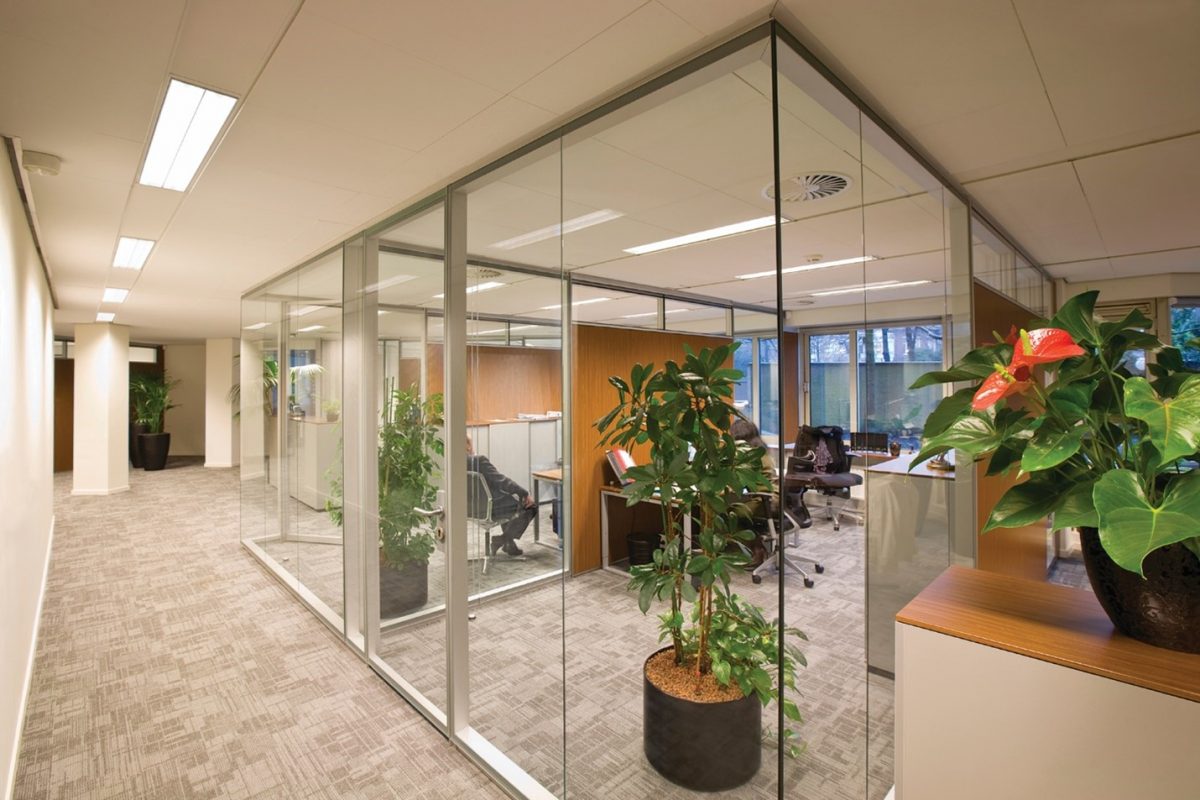Glass has grown so ordinary that it’s easy to gaze straight through it without thinking twice. It’s in our screens, windows, cabinets, and electronics daily. Even though glass is commonly found all around, you may need help understanding how it’s created or made. You’ve scratched the surface even if you believe you know the fundamentals.
This article will discuss the history of glass making and the step-by-step procedure of how glass is made.
The History Of Glass Making
Glassmaking dates to around the second century BC in Mesopotamia. Around the year 2500 BC, the Egyptians began to experiment with glassmaking. Manufactured glass originally appeared in Mesopotamian or Egyptian civilizations, but they employed tools crafted from volcanic glass obsidian in the Stone Age. On the other hand, Ancient China discovered methods to manufacture glass much later.
Glass beads were among the first goods created from glass. Their emergence is largely coincidental. Glassmaking ceased in the late Bronze Age. Back then, glass was considered a luxury material.
Stained glass became popular in churches and palace windows in the 10th century. Following the Renaissance, architectural processes evolved dramatically, resulting in a reduction in the use of colored glass as construction material. Following the industrial revolution, household use of glass surged. During this time, glass windows, vessels, and beads became common in Europe.
How Is Glass Made?
Let’s know the production technique for those of you who want to know how glass is made. The best quality manufacturing processes are required to create the right sheets of float glass. Sir Alistair Pilkington invented the PPG method in 1952, now the most renowned float glass technology for manufacturing. Naturally, numerous procedures are involved, and careful attention is taken at every step to be accurate and comprehensive with the creation of glass.
Refining And Melting
The correct set of raw components is necessary to manufacture clear glass. This comprises soda ash sodium oxide (Na2O), silica sand (SiO2), dolomite (MgO), limestone/dolomite calcium oxide (CaO), and feldspar (Al2O3). These components are amalgamated properly before being carried into a furnace preheated to a temperature of 1500 degrees.
Some metal oxides are added to the batch to color the glass.
Floating Bath
The hot substance from the heating chamber flows onto the float bath, which has a reflecting surface of molten tin. This substance enters the bath at approximately 1500 degrees Celsius and exits at roughly six hundred degrees Celsius. It has the appearance of a solid ribbon at the exit.
Reflective Glass Coating
Suppose reflective surfaces for glass are being produced to help keep the inside cooler. In that case, coating techniques are employed, during which either a hard coating or a soft coating is put to the surface of the cold ribbon at extreme temperatures.
Annealing
The internal tensions in the glass are then removed via a process known as annealing. This method enables the glass strip to pass across a layer that removes any stresses on the surface of the glass and progressively cools it to its ultimate hardened shape. This makes cutting and shaping the glass much easier.
Checking
Over one hundred million inspections can be performed during the glass production procedure using precise and progressive inspection equipment to detect air bubbles, strains, or sand grains that refuse to melt. This is critical for quality-proofing the finished form of glass.
Cutting To Order
Finally, diamond steel trim and slice the glass ribbons into square shapes.
Conclusion:
By choosing AIS Glass solutions, you can be certain of receiving high-quality glasses with designs that are long-lasting, aesthetically beautiful, and adaptable.
Our glass solutions provide increased safety and security, making them the optimum choice for usage in high-security areas.
As the industry’s leading supplier of glass solutions, we offer a wide range of glasses, such as energy-efficient, frosted, and smart glass. We perform comprehensive market research before developing our products to ensure the best degree of client pleasure.

